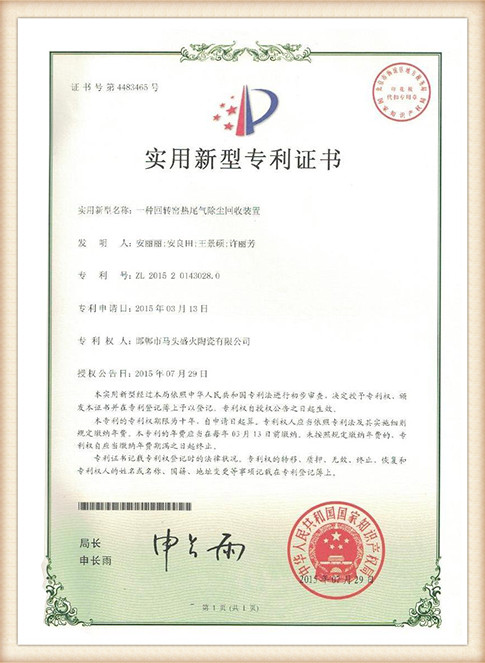The Importance of Foundry Sand Recycling
Foundry sand, a byproduct of metal casting operations, plays a critical role in the manufacturing industry. It provides a reusable resource that contributes to various processes, from the construction of buildings to the production of intricate metal parts. However, the environmental impact of foundry sand disposal has led to increased interest in recycling initiatives. This article explores the significance of foundry sand recycling, its benefits, and the innovative approaches being adopted in the industry.
The Composition and Challenges of Foundry Sand
Foundry sand is primarily composed of high-quality silica, which is used to create molds for metal casting. After a single use, this sand often becomes contaminated with resin, binders, and metal residues, rendering it unsuitable for reuse in casting processes. Traditionally, foundry sand has been disposed of in landfills, posing environmental risks, including soil and water contamination. The high volume of waste generated from foundry operations amplifies these challenges, necessitating sustainable solutions.
Environmental Benefits of Recycling Foundry Sand
Recycling foundry sand offers numerous environmental benefits. By diverting waste from landfills, it reduces the burden on waste management systems and lowers greenhouse gas emissions associated with transportation and disposal. Moreover, recycling helps mitigate the depletion of natural resources by reintroducing foundry sand into the production cycle. This conserves energy and reduces the need for virgin materials, promoting sustainable practices within the manufacturing industry.
foundry sand recycling

Another critical benefit of foundry sand recycling is its potential to create high-quality aggregate materials. Reprocessed foundry sand can be used in various applications, including concrete production, road construction, and landscaping. The physical properties of foundry sand—such as its strength and durability—make it an excellent candidate for enhancing the performance of these materials. As a result, recycling not only minimizes waste but also contributes to the production of more resilient and sustainable construction materials.
Innovative Approaches and Best Practices
Several foundries have already adopted innovative recycling practices that serve as models for the industry. One approach involves utilizing advanced separation technologies that can effectively remove contaminants, allowing for the recovery of clean, reusable sand. These technologies make the recycling process more efficient, increasing the overall yield of usable material.
Collaborations between foundries and research institutions have also paved the way for new applications of recycled foundry sand. For instance, studies have shown that incorporating recycled foundry sand into concrete not only reduces the environmental impact but also enhances the physical properties of the final product, such as reducing shrinkage and improving workability. This synergy between industry and academia is crucial in identifying sustainable practices that benefit both the environment and the economy.
Conclusion
The recycling of foundry sand is an essential step toward promoting sustainability within the manufacturing sector. By reducing landfill waste, conserving natural resources, and producing high-quality construction materials, recycling initiatives can significantly mitigate the environmental impact of foundry operations. As the industry continues to evolve, adopting innovative technologies and fostering collaborations will be key to enhancing the efficiency and effectiveness of foundry sand recycling. With ongoing efforts, foundry sand can transition from a waste product to a valuable resource, paving the way for a more sustainable future.
Post time:Déc . 03, 2024 11:52
Next:steel sand casting suppliers
